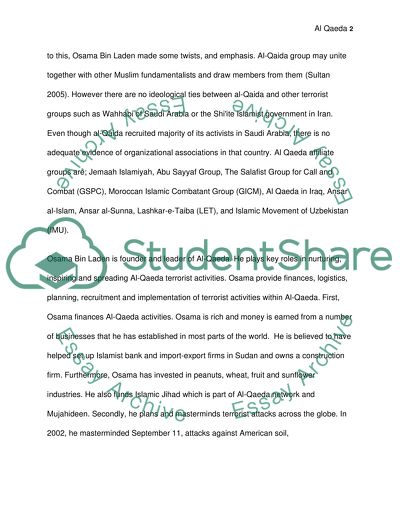Cite this document
(“Critically analyse Al Qaeda terrorist group. In your report you must Essay”, n.d.)
Retrieved from https://studentshare.org/environmental-studies/1418817-critically-analyse-al-qaeda-terrorist-group-in
Retrieved from https://studentshare.org/environmental-studies/1418817-critically-analyse-al-qaeda-terrorist-group-in
(Critically Analyse Al Qaeda Terrorist Group. In Your Report You Must Essay)
https://studentshare.org/environmental-studies/1418817-critically-analyse-al-qaeda-terrorist-group-in.
https://studentshare.org/environmental-studies/1418817-critically-analyse-al-qaeda-terrorist-group-in.
“Critically Analyse Al Qaeda Terrorist Group. In Your Report You Must Essay”, n.d. https://studentshare.org/environmental-studies/1418817-critically-analyse-al-qaeda-terrorist-group-in.


